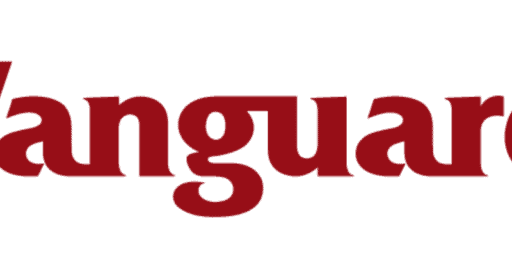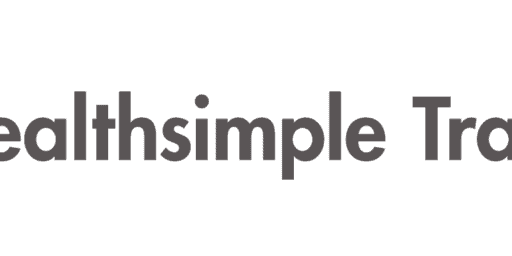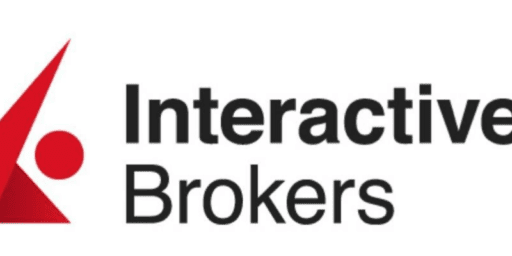Starting a Business? Here are the Four Business Types in Canada
We have already discussed the types of business models and tax considerations for self-employed people. Another important decision to be made before starting a business is to choose a business type. There are four types of business structures available in Canada and this post will look at the attributes of each one of them.
Corporation
A corporation is created as a separate legal entity wherein the business owner is simply a shareholder of the company. Incorporation mitigates the risks involved when running a business. The liability for a business owner is limited and it offers protection of personal assets from creditors.
Nevertheless, there are drawbacks to this structure: the business owner (and/or directors) could be liable for certain legal obligations such as money owed to the government or if they had signed a personal guarantee to secure a loan for the business startup/operation. In such a scenario, personal assets are also at risk and the corporate veil cannot be used to escape from legal obligations.
Advantages include the ability to transfer the ownership of the corporation to another company/person, some tax advantages, and easier access to financing. However, an incorporated business requires proper record maintenance and reporting due to stringent regulations and the cost of incorporation is higher compared to the other types that follow.
Partnership
As the name indicates, under this structure, a business owner seeks out another person or more than one person to form a partnership. This partner can be a spouse, relative, friend, colleague, etc. This partner could play an active role in the operation of the business and supplement their capital investment or choose to be a silent partner who simply shares in the profit and loss of the business but does not participate in the management of it. A signed agreement indicating the terms of the partnership serves as the evidence and reminder about the role of each party.
A partnership is easier to start when compared to a corporation and the limited size can overcome the bureaucracy seen in some corporate entities. In addition, there are tax advantages. One of the drawbacks to a partnership structure is the lack of protection for personal assets. The liability is unlimited and the need for a partner who is committed and on board with business decisions cannot be stressed enough.
Related: Top Business Credit Cards in Canada
Sole Proprietorship
This type of structure is the simplest to set up as one person is the owner and responsible for all business decisions. Obvious advantages include the freedom to take the business in any path as deemed fit and keep all profits. In addition, the regulatory requirements are relatively minimal and business losses can be deducted from personal income, thereby offering tax benefits. However, as with a partnership, the liability is unlimited and personal assets are not protected from creditors. Also, obtaining financing could become a problem, if personal credit history is not good.
Cooperatives or Co-op
A cooperative is an association formed by people of a community in order to run a business. This type of membership structure is useful because people can use their collective resources and cooperate to fulfill their common needs.
Benefits of a co-op structure include limited liability, right to vote for every member, and profit sharing. Nonetheless, as in a partnership, there are chances of conflict between members derailing the co-op. Also, the need for record maintenance and an involvement from members at all times can become cumbersome.
Related:
CCPC Taxation for Small Business Owners
Salary vs. dividends in a corporation
If you run a small business, what structure do you use? Are there other attributes of the above types that are missing from the post?
About the Author: Clark works in Saskatchewan and has been working to build his (DIY) investment portfolio, structured for an early retirement. He loves reading (and using the lessons learned) about personal finance, technology and minimalism. You can read his other articles here.










A corporation is probably the most over used business structure. I see numerous clients come in who are incorporated, who in know way need to be. Most would be quick to point out a lack of revenue in a corporation as being a sign that they should not be incorporated. However, revenue should never be the sole basis for incorporation. You must consider the operations of the business and if there is a direct benefit to incorporating.
@Steve Zussino – Canadian Coupons: An NPO is usually formed as a society under the income tax act. There is no share ownership inside of an NPO. If you’re interested, look up NPO in the tax act online or you can look under Part III of the CICA Handbook to read more about the accounting issues.
What about a non-profit business?